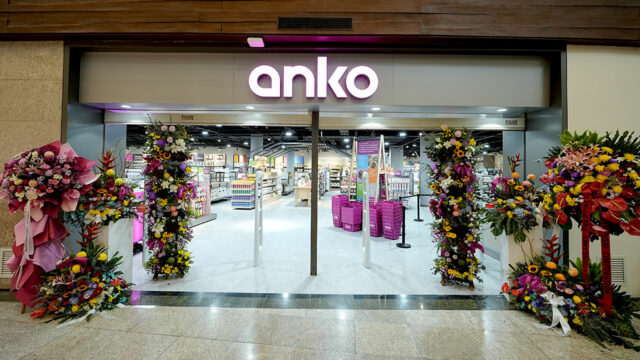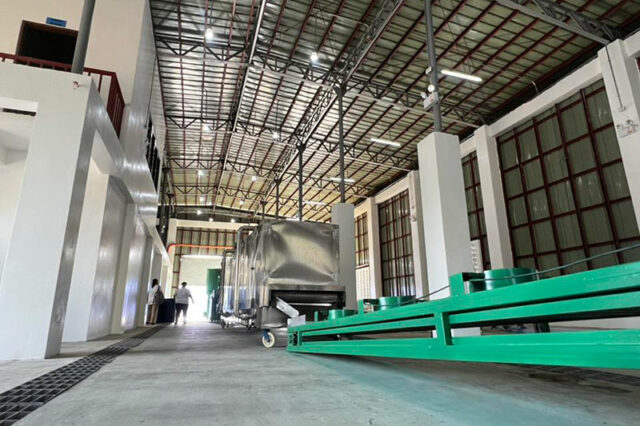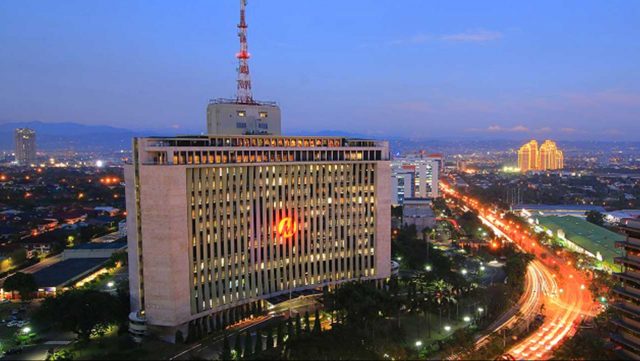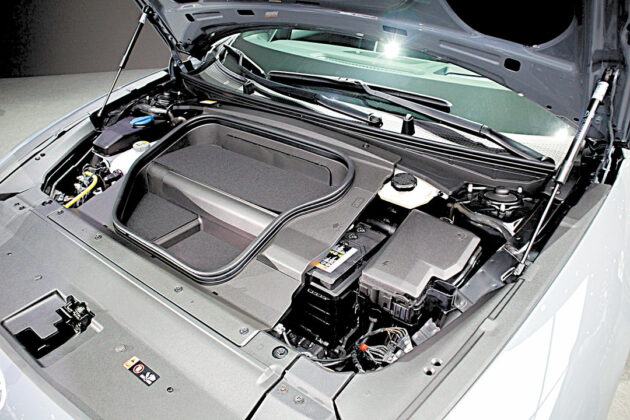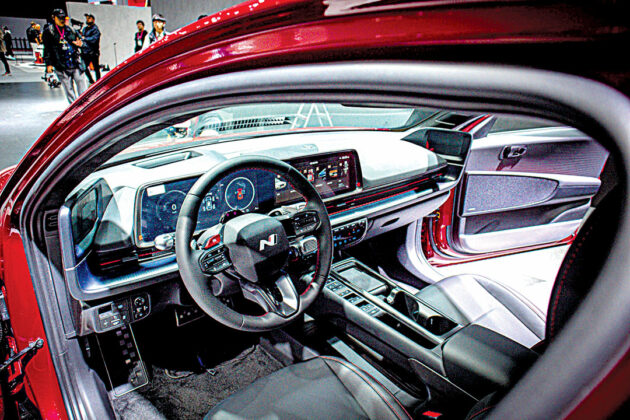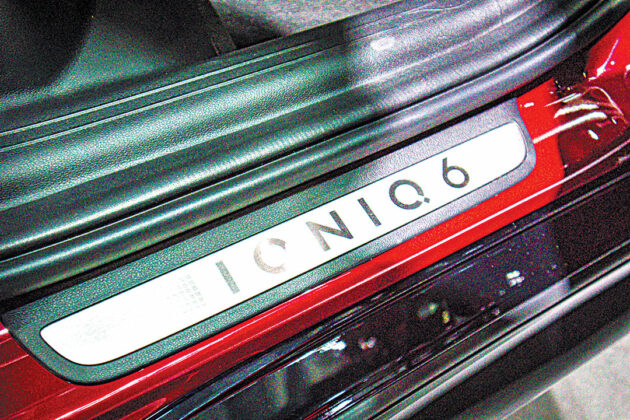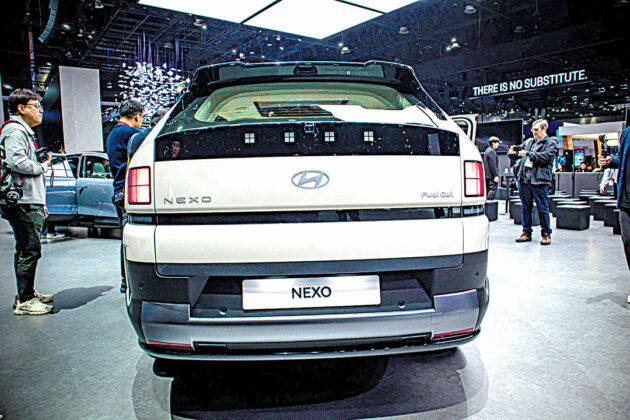Financially securing Filipinos across life stages
To take full advantage of life’s potential, individuals need to be secured from the possible impacts of health emergencies and other unprecedented events. Several financial solutions aim to secure consumers and their families from the unprecedented, as seen in life insurance offerings available in the market today.
Life insurance has been serving as a safety net that empowers people to lead more comfortable lives and secures their future by financially protecting them from several types of risks.
“Even the best of plans can get waylaid due to unforeseen events. The value of life insurance in financial planning is that it provides individuals and families with a safety net in the event of crises or tragedies,” Maria Floraida C. Endozo, first vice-president and deputy head of the Actuarial Division at Cocolife, told BusinessWorld. “It eases the financial burden that often follows an unexpected death or disability and provides a source of income replacement, helping maintain financial stability.”
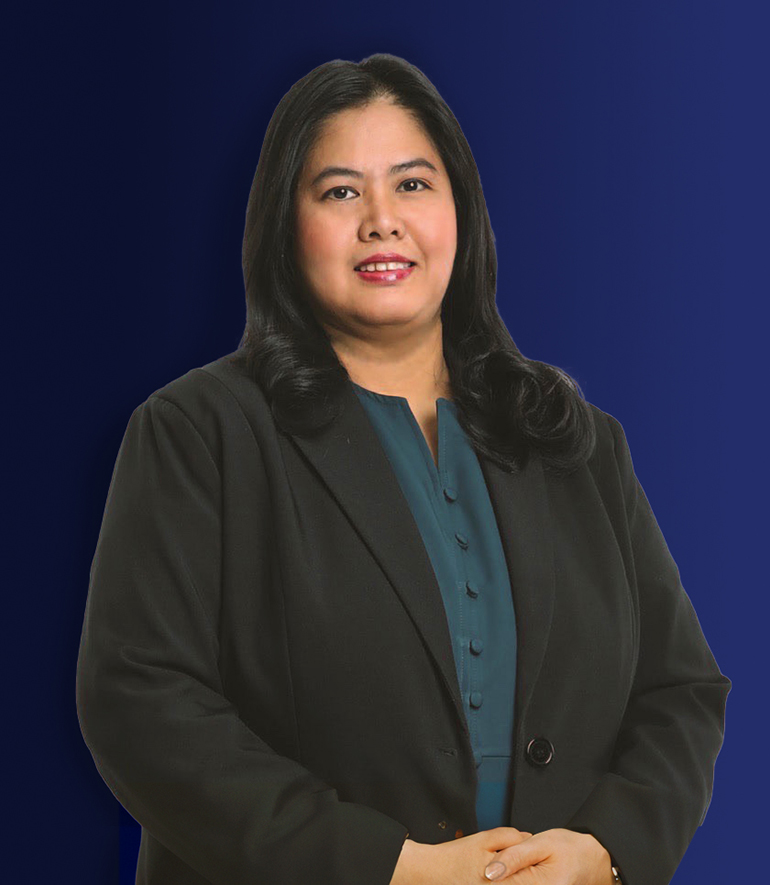
Select firms in the country are committed to improve the means they financially protect Filipinos. Among them, Cocolife, the biggest Filipino-owned stock life insurance company, continues to significantly progress to deliver the best insurance solutions at affordable costs.
In its endeavor to help clients achieve a future free from financial worries, Cocolife’s comprehensive and unique offerings are designed to meet clients across life stages, from fresh graduates and young professionals to retirees.
“Cocolife has a diverse range of life insurance products tailored to support individuals at every stage of life. We carefully consider each person’s financial capacity and goals, ensuring that our products are both practical and accessible,” Ms. Endozo said.
For those just starting out in life, whether embarking on a career or building their family, the Cocolife Term Shield and Cocolife Protect are fitting plans to protect their finances. These are affordable entry-level term insurance products with substantial benefits to help safeguard individuals from unexpected life events.
Older individuals, meanwhile, can look into endowment plans and investment-linked plans. These include Cocolife LifeMax, Cocolife LifeVest, Cocolife Flexi, Money Accumulator Classic, Money Accumulator Preferred, Money Accumulator Preferred Plus, and Cocolife Zenith. Cocolife has designed these plans to help parents and professionals build their wealth, fund their futures, and achieve their goals and dreams.
Cocolife Aruga, a health and life insurance plan, stands out by offering protection for individuals facing critical illnesses and other health conditions. It is designed to cover medical expenses and provide the insured and their dependents with financial assistance for their future needs. By providing benefits based on actual conditions regardless of the specific illness or event, it eliminates the need to navigate a lengthy list of covered illnesses and exclusions, making the coverage easier and more accessible.
This groundbreaking approach earned Cocolife Aruga the Health Insurance Initiative of the Year-Philippines at the 2024 Insurance Asia Awards and the Most Innovative Inclusive Health Insurance Plan-Philippines at the 2025 Annual Global Economics Awards.

All these offerings are a result of Cocolife’s efforts to understand the current financial needs of Filipino families. According to Ma. Rowena J. Asnan, first vice-president and head of the Marketing and Research Department at Cocolife, the company conducts research studies and gains insights on the latest market needs, aspirations, and consumer behavior. This is made possible by the Cocolife Idea Hub, a research community that helps deliver and shape insurance products and services tailored to market needs and demands.
Through its latest study, titled “Cocolife Moneyfest: The Financial Futures,” Cocolife mined important insights into the financial behaviors, priorities, and insurance preferences of policyholders.
“By understanding short-term and long-term financial goals, analyzing purchase decisions and motivations and identifying areas for improved business operations, Cocolife is able to design products and services that are truly responsive to the customers’ evolving needs,” Ms. Asnan shared.
Moreover, Cocolife has developed its customer service portal Just Ask Live (JAL), an omnichannel platform that creates a seamless face-to-face customer interaction — through audio or visual communication — ensuring their every need and expectations are consistently met.
 With a sustained commitment to quality life insurance that champions all Filipinos, Cocolife plans to expand their life insurance products and services to underserved regions and demographics.
With a sustained commitment to quality life insurance that champions all Filipinos, Cocolife plans to expand their life insurance products and services to underserved regions and demographics.
“Moving forward, Cocolife remains committed to advancing the life insurance sector by continuing to innovate and develop products that meet the changing financial needs of Filipinos. We aim to empower more individuals and families by making insurance products more accessible, inclusive, and affordable, regardless of their income level or location,” Ms. Endozo said.
Beyond serving customers with the most fitting plans, Cocolife seeks to champion financial literacy among Filipinos.
“Financial constraints and the lack of understanding on the value of insurance coverage remain as major barriers in the purchase of insurance of the market,” Ms. Asnan shared. “With these caveats, Cocolife will continue to educate Filipinos on the importance, benefits, and beauty of insurance through financial literacy programs. These programs are designed to help them realize that insurance is a necessity and a smart investment in improving their quality of life.”
Know more about Cocolife’s quality insurance and healthcare products by visiting www.cocolife.com.
Spotlight is BusinessWorld’s sponsored section that allows advertisers to amplify their brand and connect with BusinessWorld’s audience by publishing their stories on the BusinessWorld Web site. For more information, send an email to online@bworldonline.com.
Join us on Viber at https://bit.ly/3hv6bLA to get more updates and subscribe to BusinessWorld’s titles and get exclusive content through www.bworld-x.com.







